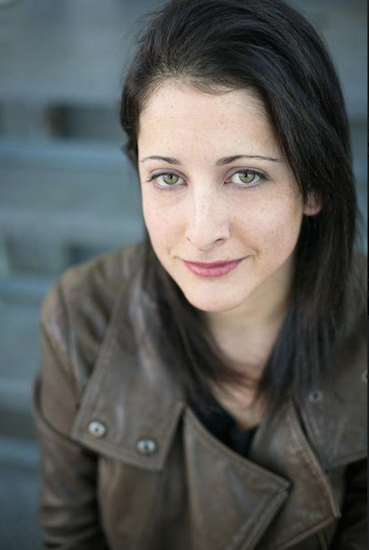Eagle Q&A: ‘Mary Page Marlowe’ director Lila Neugebauer
We caught up with the busiest theatre director in NYC

Lila Neugebauer is the busiest theatre director in New York. In addition to directing Second Stage’s current production of Tracy Lett’s “Mary Page Marlowe,” Neugebauer (pronounced NOY-guh-bower) is also slated to direct “The Waverly Gallery” this fall on Broadway, a new piece with her company The Mad Ones at Ars Nova in the winter and Christopher Shinn’s “Dying City” next spring at Second Stage. Prolific doesn’t begin to describe the Park Slope-based Neugebauer. The Brooklyn Eagle recently caught up her during “Mary Page Marlowe” rehearsals. Below are edited excerpts from our conversation
Brooklyn Eagle: What attracted you to “Mary Page Marlowe”?

Brooklyn Boro
View MoreNew York City’s most populous borough, Brooklyn, is home to nearly 2.6 million residents. If Brooklyn were an independent city it would be the fourth largest city in the United States. While Brooklyn has become the epitome of ‘cool and hip’ in recent years, for those that were born here, raised families here and improved communities over the years, Brooklyn has never been ‘uncool’.